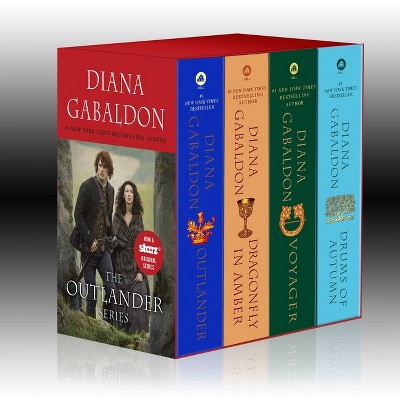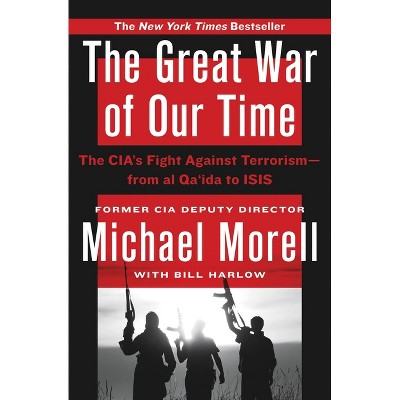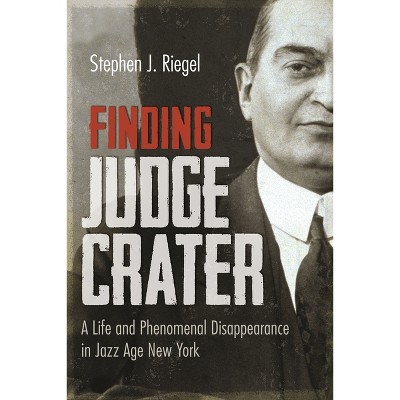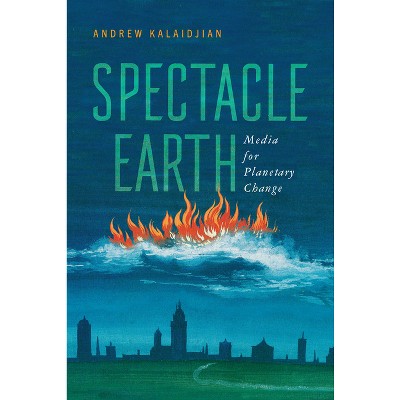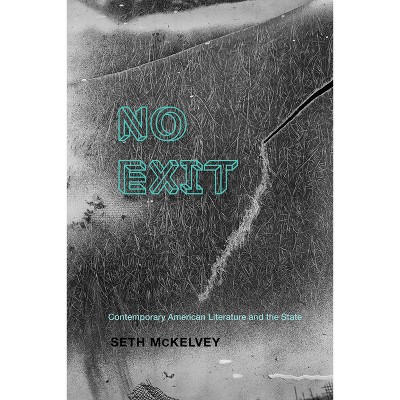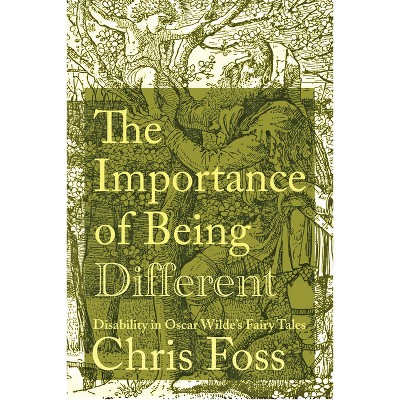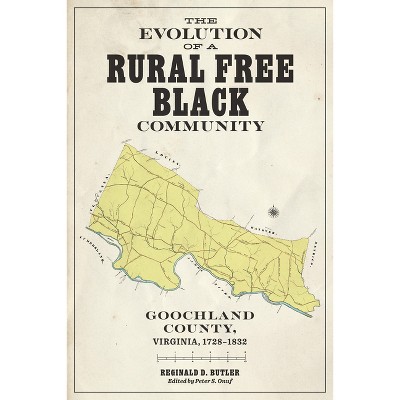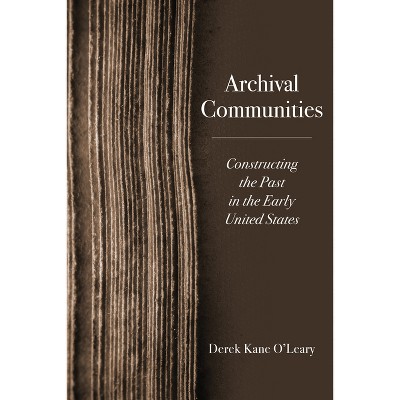Sponsored

The Most Segregated City in America - by Charles E Connerly (Paperback)
In Stock
Sponsored
About this item
Highlights
- One of Planetizen's Top Ten Books of 2006"But for Birmingham," Fred Shuttleworth recalled President John F. Kennedy saying in June 1963 when he invited black leaders to meet with him, "we would not be here today.
- About the Author: Charles E. Connerly, Professor and Director of the School of Urban and Regional Planning at the University of Iowa, is coeditor, with Timothy Stewart Chapin and Harrison T. Higgins, of Growth Management in Florida: Planning for Paradise.
- 352 Pages
- History, United States
Description
About the Book
His demonstration of how Birmingham's race-based planning legacy led to the confrontations that culminated in the city's struggle for civil rights provides a fresh lens on the history and future of urban planning, and its relation to race.Book Synopsis
One of Planetizen's Top Ten Books of 2006
"But for Birmingham," Fred Shuttleworth recalled President John F. Kennedy saying in June 1963 when he invited black leaders to meet with him, "we would not be here today." Birmingham is well known for its civil rights history, particularly for the violent white-on-black bombings that occurred there in the 1960s, resulting in the city's nickname "Bombingham." What is less well known about Birmingham's racial history, however, is the extent to which early city planning decisions influenced and prompted the city's civil rights protests. The first book-length work to analyze this connection, "The Most Segregated City in America" City Planning and Civil Rights in Birmingham, 1920-1980 uncovers the impact of Birmingham's urban planning decisions on its black communities and reveals how these decisions led directly to the civil rights movement.
Spanning over sixty years, Charles E. Connerly's study begins in the 1920s, when Birmingham used urban planning as an excuse to implement racial zoning laws, pointedly sidestepping the 1917 U.S. Supreme Court Buchanan v. Warley decision that had struck down racial zoning. The result of this obstruction was the South's longest-standing racial zoning law, which lasted from 1926 to 1951, when it was redeclared unconstitutional by the U.S. Supreme Court. Despite the fact that African Americans constituted at least 38 percent of Birmingham's residents, they faced drastic limitations to their freedom to choose where to live. When in the1940s they rebelled by attempting to purchase homes in off-limit areas, their efforts were labeled as a challenge to city planning, resulting in government and court interventions that became violent. More than fifty bombings ensued between 1947 and 1966, becoming nationally publicized only in 1963, when four black girls were killed in the bombing of the Sixteenth Street Baptist Church.
Connerly effectively uses Birmingham's history as an example to argue the importance of recognizing the link that exists between city planning and civil rights. His demonstration of how Birmingham's race-based planning legacy led to the confrontations that culminated in the city's struggle for civil rights provides a fresh lens on the history and future of urban planning, and its relation to race.
Review Quotes
Although the city planning profession did not bomb the 16th Street Baptist Church in 1963, it was complicit in creating the racial segregation that ignited the violence. Connerly identifies the land use zoning that legitimized black exclusion from white neighborhoods as the catalyst for the civil rights movement in Birmingham and other southern cities. Black grassroots organizations since the 1960's have challenged and modified, but have not yet conquered, the legacy of city planning. This book is required reading for students seeking to understand the relationship between structure and agency at the local level. Connerly's meticulous research and compelling narrative add an important dimension to the histories of civil rights and city planning.
--Daphne Spain, Professor and Chair of the Department of Urban and Environmental Planning, University of VirginiaConnerly's insightful blending of history and place is must reading for anyone who wants to understand the effects of race on the American landscape.
--Carroll Van West, Alabama ReviewAbout the Author
Charles E. Connerly, Professor and Director of the School of Urban and Regional Planning at the University of Iowa, is coeditor, with Timothy Stewart Chapin and Harrison T. Higgins, of Growth Management in Florida: Planning for Paradise.
Shipping details
Return details
Trending Non-Fiction




